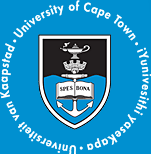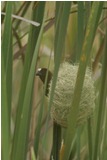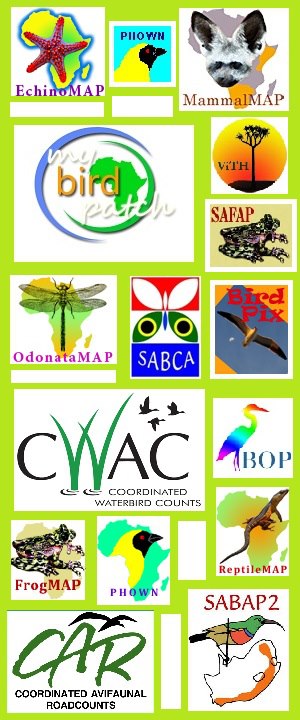Weaver news
|
The Animal Demography Unit believes that we can influence biodiversity policy, locally, nationally and globally. We believe that the best way to achieve this is by enabling conservation decisions to be based on solid quantitative evidence. Through our expanding range of citizen science programmes, we gather the enormous volumes of data needed for this decision making. In the Animal Demography Unit, we have three focuses: citizen science, statistical ecology, and training postgraduate students in our paradigm. The citizen scientists who participate in our projects have the assurance that their data will be lovingly curated, and be made available for conservation research and management. We do a lot of the analyses ourselves, because we lead Africa in the emerging discipline of statistical ecology, and we use its approaches to understand the dynamics of animal populations. The two ADU PhD students who graduate on 17 December, Sally Hofmeyr and Doug Harebottle, undertook analyses of the CAR and CWAC databases respectively. These are two of our large and long-running citizen science projects. Both PhD projects lie firmly in the centre of the intersection between citizen science, statistical ecology and education. This summer we would like all of our citizen scientists to try and participate in additional ADU projects. Have a look at the comprehensive collection of logos alongside. Do you know them all? If not, explore our websites to find them. The projects that end with the word MAP are all Virtual Museum projects. The set of taxa with virtual museum projects is steadily expanding, and most of the logos you don't recognize will be at vmus.adu.org.za. So the choice is yours. You can throw stones at the bulldozers, become an activist, write letters to the polititians, join an NGO ... or you can do the thing that really does make a difference, become a citizen scientist, and help collect some of the crucial small pieces of the jigsaw puzzle of biodiversity. Without all the pieces, no amount of statistical ecology will enable us to construct the full picture on which conservation will be based. Biodiversity needs your help. News by Les Underhill |











